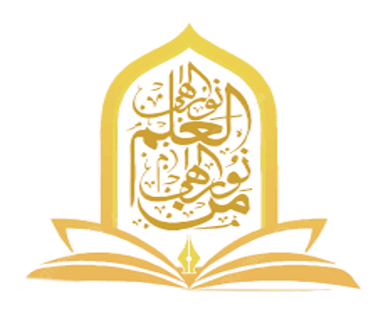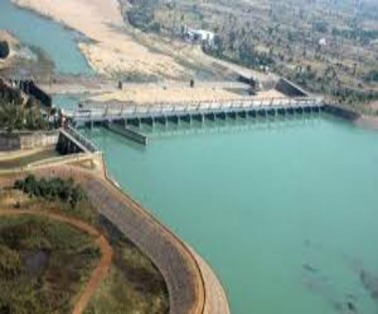The Supreme Court has stayed an Allahabad High Court verdict that declared the Uttar Pradesh Board of Madarsa Education Act, 2004 unconstitutional. The HC had ruled that the Act violated secular principles and fundamental rights under Article 14. The decision has reignited debate over the role and structure of madarsa education in India.
High Court Ruling on Madarsa Education
- In its order, the High Court held the Act unconstitutional on the ground that it violated “the principle of secularism” and fundamental rights provided under Article 14 of the Constitution.
- The court went through the madrasa syllabi and said the law is “violative of Section 22 of the University Grants Commission Act, 1956”, as madrasa students are only required to study Islam and its doctrines to progress to the next class.
- Modern subjects such as Hindi, English, maths, science, and social sciences are either included or offered as optional, and students have the choice to study just one optional subject, the court observed.
What is the Uttar Pradesh Board of Madarsa Education Act, 2004?
- The Act aimed to regulate and govern the functioning of madrasas (Islamic educational institutions) in the state of Uttar Pradesh.
- It provided a framework for the establishment, recognition, curriculum, and administration of madrasas across Uttar Pradesh.
- Under this Act, the Uttar Pradesh Board of Madarsa Education was established to oversee and supervise the activities of madrasas in the state.
- The Board overseeing madrasas is designated as a body corporate with specific membership criteria, outlining representation from various educational and legislative bodies.:
- The State Government holds the authority to remove board members for misconduct, ensuring accountability within the governing structure.
Status of Madarsas in Uttar Pradesh
- There are a total of 16,513 recognised and 8,449 unrecognised madrasas in the state, catering to approximately 27 lakh students.
- Out of the 16,513 recognised madrasas, 558 are fully funded by the state government — these madrasas employ around 9,000 teachers. The rest of the recognised madrasas are government-aided, privately-run madrasas.
- The Uttar Pradesh Board of Madrasa Education Act was enacted in 2004 and the board was formed in 2007.
- However, the rules guiding the madrasa board were enacted in 2017, after Yogi Adityanath came to power.
- These rules were made with a focus on checking “irregularities” in the madrasas functioning in the state.
Historical Background of Madarsas in India
- In the post-Sepoy mutiny period, Madrasas emerged mainly to help save Muslim identity in the face of growing colonial interventions.
- Madrasas, particularly Deoband, did not seek state support because they suspected that the colonial state, among others, would eventually expect them to produce “loyal subjects for the British Crown”.
- So, they sought autonomy
Sachar Committee on Madarsa Education
- This Report drew a distinction between madrasas and maktabs.
- Maktabs are neighbourhood schools, often attached to mosques. They offer religious education to children who attend other schools to get mainstream education.
- According to this report, not more than 6.3% of Muslims attend the madrasas and maktabs at the national level.
- Only 3% of Muslim children of school-going age go to madrasas.
- The Report said that Muslim parents are eager to see their children enrolled in modern education institutions, but often fail to do so owing to their poor financial condition.
- Therefore, the Report recommended scholarships be given to Muslim students so that they don’t drop out of school.
Constitutional Provisions Related to Education and Minorities
- Article 45- The State shall endeavour to provide early childhood care and education for all children until they complete the age of six years
- Article 21A- The 86th Constitutional Amendment Act of 2002, provided the Right to Education as a fundamental right in Part III of the Constitution and made education a fundamental right for children between the ages of six and fourteen.
- Article 46- Promotion of education and economic interests of Scheduled Castes, Scheduled Tribes, and other weaker sections of the people.
- Article 28- Freedom to attend religious education in certain educational institutions established under an endowment or trust and administered by the state
- Article 29- Education of minorities, protection of interests of minorities
- Article 30- Right of minorities to establish and administer educational institutions
- Article 51A(k)- Parents and guardians must provide educational opportunities for their children between the ages of 6 and 14.
To Download Monthly Current Affairs PDF Click here
Click here to get a free demo
Discover all about CLAT Exam



